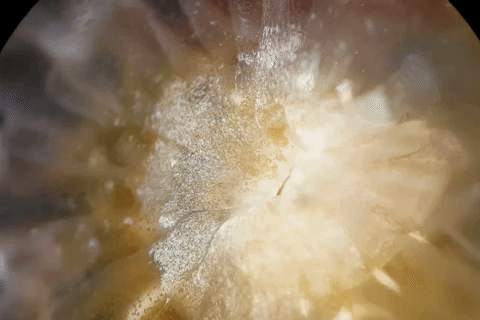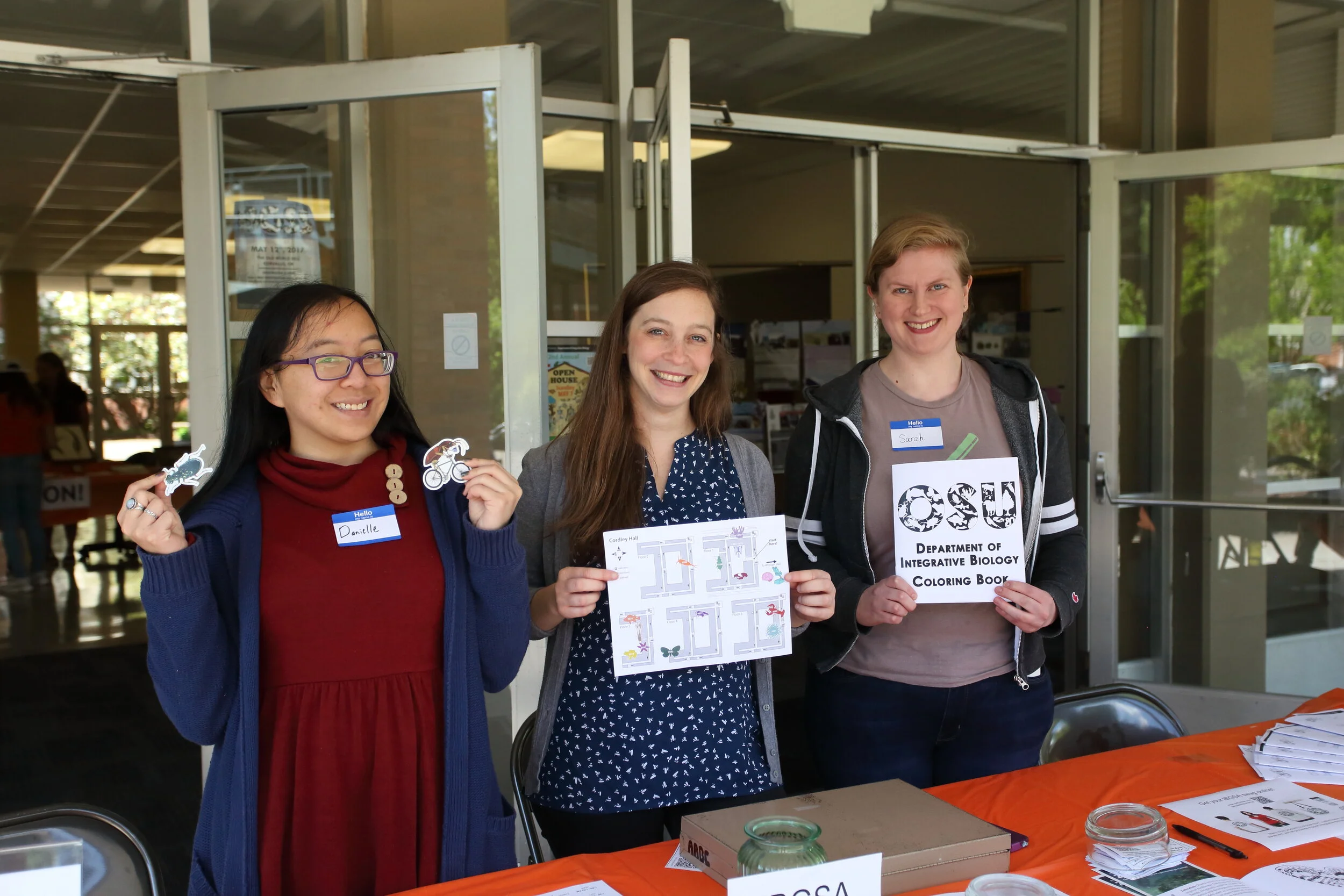
Shumpei Maruyama, PhD
NSF Postdoctoral Fellow
Mentored by Dr. Phillip Cleves at Carnegie Institution for Science
The climate crisis threatens the very existence of coral reefs in the near future. As a scientist, I am interested in the cellular mechanisms involved in coral-algal symbiosis which play a critical role in coral survival. I believe that understanding the basic biology of symbiosis is key to saving corals and predicting their future in a warming planet.
To this end, I am using the sea anemone model system Aiptasia (Exaiptasia diaphana) and the coral Galaxea fasciularis to understand the cellular mechanisms involved in the onset, maintenance, and breakdown of cnidarian-algal symbiosis.
Research Interests
Glycan-lectin interactions
Glycans are sugar moieties present on the cell-surface of the algal symbiont. The glycans are recognized by cnidarian lectins (glycan-binding proteins) and this interaction is hypothesized to play a role in the onset of symbiosis.
I found that heat-stress of the algal partner alone hinders symbiosis and changes the algal glycome. Heat stress also shifted the algal glycome to become more like that of non-symbiotic strains of algae. Read more about this work here: https://doi.org/10.1128/spectrum.01567-22
Expelled Algae
In Aiptasia and corals, symbionts are regularly expelled by the host as a homeostatic mechanism for maintaining symbiont populations within. I explored the role of expelled algae in symbiosis and described their basic biology in the Aiptasia symbiosis. Expelled algae are also a robust representation of the ex hospite state in Symbiodiniaceae because they are not confounded by nutrition as is often the case with cultured algae. Read more about his work here: https://doi.org/10.7717/peerj.13796
Symbiosome proteome
The symbiosome is the host-derived organelle in which the algal symbiont resides. This is the key interface for molecular communication and metabolic exchange between the two partners. Despite its importance, the complete symbiosome proteome has yet to be described. For my postdoctoral work, I aim to characterize the symbiosome proteome using biochemical isolation techniques and test the function of symbiosome proteins using CRISPR/cas9 knockouts and shRNA knockdowns in Aiptasia and coral Galaxea fascicularis. Read more about my work here: NSF award description
Publications
2022
Maruyama S, Unsworth JR, Sawiccy V, Students of Oregon State University’s Z362 Spring 2021, Weis VM. 2022. Algae from Aiptasia egesta are robust representations of Symbiodiniaceae in the free-living state. PeerJ. https://doi.org/10.7717/peerj.13796
Maruyama S, Mandelare-Ruiz PE, McCauley M, Peng W, Cho BG, Wang J, Mechref Y, Loesgen S, Weis VM. 2022. Heat stress of algal partner hinders colonization success and alters the algal cell surface glycome in a cnidarian-algal symbiosis. Microbiology Spectrum. https://doi.org/10.1128/spectrum.01567-22
2021
Maruyama S and Weis VM. 2021. Limitations of using cultured algae to study cnidarian-algal symbioses and suggestions for future studies. Journal of Phycology. https://doi.org/10.1111/jpy.13102
Broader Impacts
I am passionate about teaching and mentoring students.
I grew up with very few marine scientist role models that shared my racial and cultural identity as a first generation Japanese immigrant. I deeply understand the importance of representation in the sciences and strive to make myself visible so that younger people who relate to me can become inspired to enter this field.
I have mentored several undergraduate students in the Weis Lab, with an emphasis on mentoring those from underrepresented backgrounds.
Open House
I led and organized the Open House for Oregon State University’s Department of Integrative Biology from 2018-2019. This event was free to attend and for all ages, inviting the local Oregon Community to learn more about the science that goes on at Oregon State University. Each lab designed exciting tours and hands-on activities for attendees. We were able to welcome over 300 attendees each year the event was held.
Teaching
Teaching is a passion that has evolved over time since I started teaching karate as a teenager. At Oregon State University, I have taught several classes as lab teaching assistant or instructor of record. These classes include:
BI 21x - Principles of Biology Lab
BI 24x - Introduction to Human Anatomy and Physiology Lab
BI 34x - Advanced Human Anatomy and Physiology Lab
BI 358 - Symbioses and the Environment
Z 425 - Embryology and Development Lab
Z 362 - Invertebrate Biology Lab
Broadening participation with CUREs
A CURE (Course based Undergraduate Research Experience) is one of the best ways to foster and retain student interest in science. Traditional 1-on-1 mentorship excludes a vast majority of students, especially those from low-income backgrounds who cannot volunteer their time. A CURE allows for all students of a course to participate in hands-on, original research projects. I have designed and executed three CUREs at Oregon State University using Aiptasia. Once for Z 362 Invertebrate Biology Lab, students collected data using Aiptasia that ended up on a publication https://doi.org/10.7717/peerj.13796. I also redesigned OSU’s BI223 Principles of Biology lab where students design and conduct original experiments using Aiptasia. Finally, as part of my NSF Postdoc fellowship, I returned to OSU’s Z 362 Invertebrate Biology lab to have students study the gene expression of symbiosome genes at different symbiont densities.
Ethnic Minorities United in STEM
I am a founding member and former Secretary for Ethnic Minorities United in STEM at Oregon State University. This graduate student group started from a desire to find and foster a community of graduate students who felt culturally isolated in Oregon. We host several social gatherings throughout the year and share local resources with each other. This group has been a boon to many graduate students in search of a community and has supported many international students as they navigate life in Corvallis, OR. Please check out https://emus-osu.weebly.com/ for more information!








